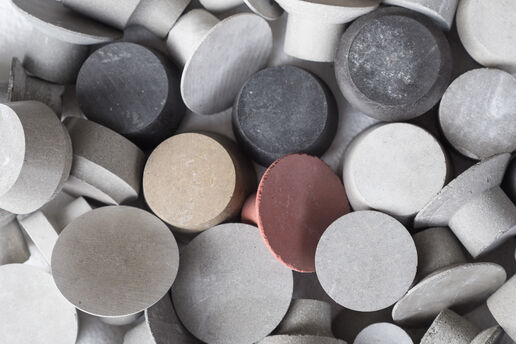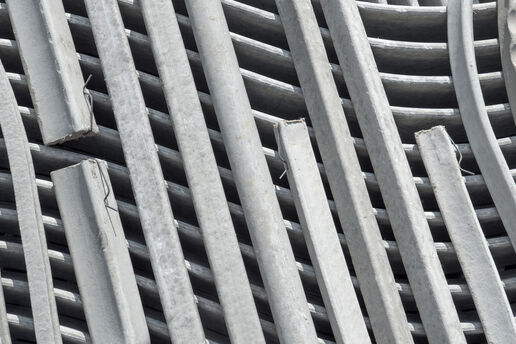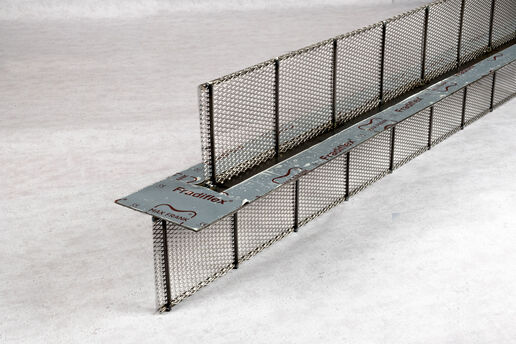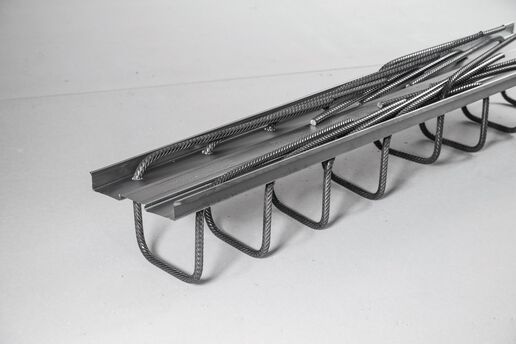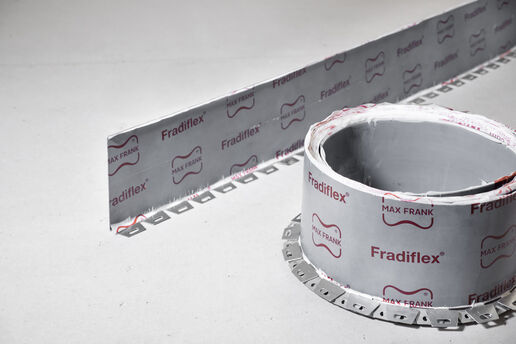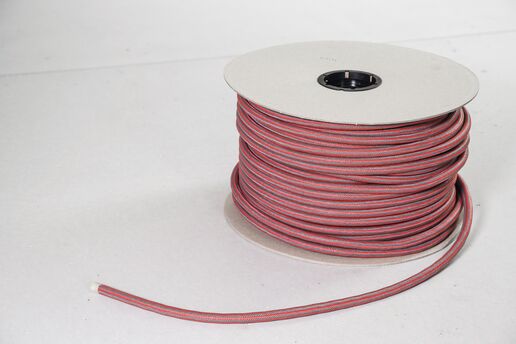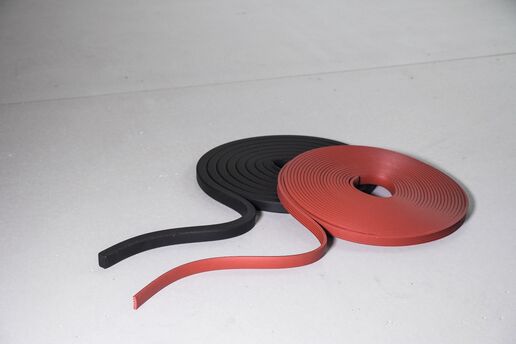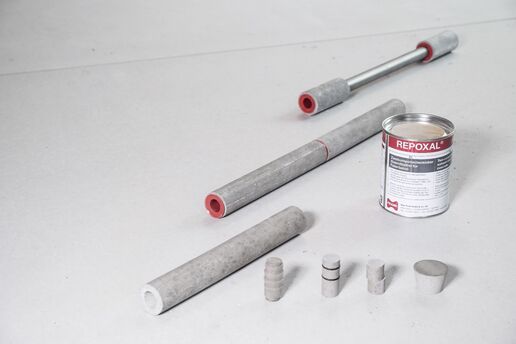 UAE: english
UAE: english International: english
International: english Australia: english
Australia: english Austria: deutsch
Austria: deutsch Canada: english
Canada: english Czechia: český
Czechia: český Denmark: dansk
Denmark: dansk Finland: suomi
Finland: suomi France: français
France: français Germany: deutsch
Germany: deutsch Hungary: magyar
Hungary: magyar Netherlands: nederlands
Netherlands: nederlands Norge: norsk
Norge: norsk Poland: polski
Poland: polski Romania: românesc
Romania: românesc Slovakia: slovenčina
Slovakia: slovenčina Spain: español
Spain: español Sweden: svenska
Sweden: svenska UAE: english
UAE: english United Kingdom: english
United Kingdom: english USA: english
USA: englishMO.S.E. Project Venice






The MO.S.E project is a storm surge barrier currently under construction. Installed by the lagoon of Venice it is designed to protect against flooding.
Venice's MO.S.E. project (= modulo sperimentale elettromeccanico) which means something like the "experimental electrical engineering test model" has been in operation outside the lagoon since 2003. Planning began in 1996 after a particularly bad flooding shocked Venice and its inhabitants. In the future, floods that exceed a critical height of 110 centimetres above sea level will be stopped with the help of 78 flood gates.
Concrete foundations are buried in the seabed at each of the three inlets to the lagoon. Even the smallest of these so-called "Cassoni" weighs 120,000 tons. They are concreted directly onto dry land next to the island canals. Once complete they are floated to the prepared foundation tracks, precisely positioned by satellite, and lowered by flooding the voids. The three flood gates are attached to each foundation underwater. Each combination of foundation and gate must be flush with the seabed to ensure that the many cargo and passenger ships that arrive in Venice on a daily basis are not obstructed. Furthermore, the constant tidal exchange of water between the Adriatic and the lagoon in normal water conditions must be ensured. The flood gates themselves are filled with water at normal water level. As soon as flooding occurs, the water is pumped out until there is only air in the gates. The gates then float upright and thus stop the rising water from entering the lagoon. While the gates are in operation, specially designed locks and harbour basins help to maintain the ship traffic.
Since MO.S.E. is to provide Venice a minimum of 100 years of protection against flooding, very special materials and products are being used. For example, the floodgates are made of extra corrosion-resistant stainless steel.
MAX FRANK has been delivering to Venice since 2008. Its main supplies have been Stremaform® formwork elements, fibre-reinforced concrete bar spacers and distance tubes, special Coupler and Stabox® (all stainless steel) reinforcement connections, Intec® injection hose, Cresco® expanding waterstops and Fradiflex® metal water stop.
The total cost of the project has now exceeded five billion Euros. A few of the floodgates have already been installed and passed the first test run in mid-October 2013 with flying colours. Construction should be completed in 2018 when all 78 gates go into operation.
Type of building:
Harbour
Building contractor:
Completion:
Products used




Max Frank Middle East FZE
M3-15, P. O. Box: 123601
Saif Zone, Sharjah
United Arab Emirates


